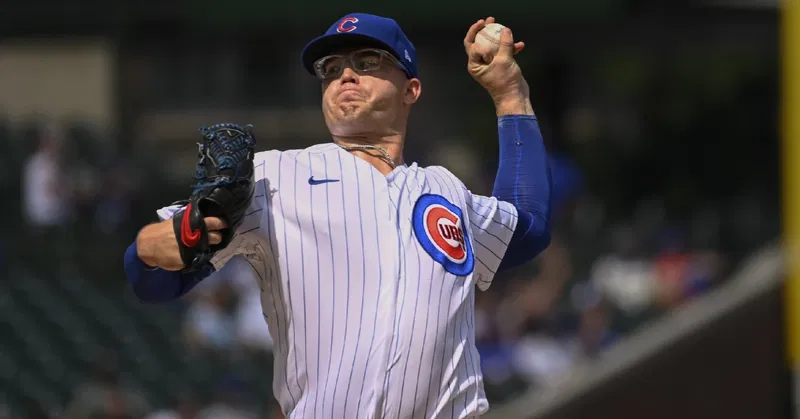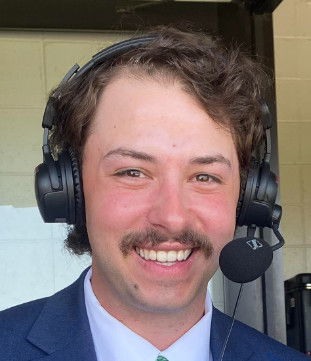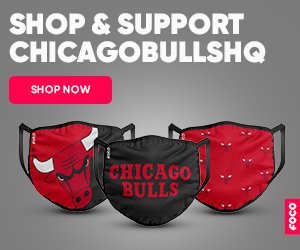
Bulls News: Homegrown arms ready to make a big impact in 2024 |
Now that the Cubs have signed Japanese left-hander Shota Imanaga to a four-year contract, their rotation has become more solidified as we approach Spring Training. Last season’s Cubs collapse made it apparent that starting pitching was an area to address this offseason, and Marcus Stroman opting out of his contract with Chicago (only to end up making less money with the New York Yankees) made that need more pressing as the winter began.
In the last era if win-now baseball for Chicago, the Cubs addressed almost all of their pitching needs via trade or free agency. While they did a lot of work to develop arms that they acquired via trade (think Kyle Hendricks or Jake Arrieta), the Cubs struggled to develop homegrown pitching. Jon Lester, John Lackey, Jason Hammel, Cole Hamels, Dan Haren, Mike Montgomery, Aroldis Chapman, Wade Davis, Yu Darvish, Brandon Morrow, Jose Quintana, and Tyler Chatwood (among others) were all acquired by means other than the MLB draft. In fact, on the 2016 team that won the World Series, Rob Zastryzny was the only homegrown pitcher, and he only appeared in eight games. This time around, the Cubs have a much stronger pool of homegrown arms making an impact at the major league level: Justin Steele, Adbert Alzolay, Jordan Wicks, Michael Rucker, Javier Assad, Keegan Thompson, Luke Little, and Daniel Palencia. Plus, a lot of prospects in their top 30 who are anticipated to make an impact in the years to come: Cade Horton, Ben Brown, Michael Arias, Porter Hodge, Drew Gray, Caleb Kilian, Jaxon Wiggins, Kohl Franklin, and more. This was part of the process in Jed Hoyer’s decision to hire Carter Hawkins to be the next General Manager of the Cubs. Not only does Hawkins bring a small market skillset to a team with big market resources, but Hawkins also knows the ins and outs of acquiring and developing elite pitching — something the Indians/Guardians have been known for over the last decade that they’ve seen success. From Cory Kluber to Shane Bieber to Carlos Carrasco to Trever Bauer to Zach Plesac to Emmanuel Classe to Tristen McKenzie to Mike Clevinger. You get the point. Essentially, the Cubs are hoping that the pitching list mentioned above will be as recognizable as this list in a few years. Once upon a time, the Cubs promised to be a player development machine, and the Theo Epstein + Jed Hoyer regime was able to secure the coveted World Series but failed to hold up that end of the bargain. This time around, as the Cubs aim to reopen their competitive window, player development, especially on the mound, has been at the noticeable forefront. The Cubs lost Stroman but will add Shota Imanaga to the rotation. Plus they add Imanaga to a group of potential starters that includes Justin Steele, Kyle Hendricks, Jameson Taillon, Jordan Wicks, Javier Assad, Hayden Wesneski, Drew Smyly, Caleb Kilian, Cade Horton, and Ben Brown — plus some decisions to make about the bullpen that includes Adbert Alzolay, Mark Leiter Jr., Julian Merryweather, Luke Little, Yency Almote, Jose Cuas, Keegan Thompson, Michael Rucker and Daniel Palencia. The Cubs seem to have finally built up some momentum in terms of pitching development and have a decent pool of young big league pitchers and prospects that are home grown. The Cubs also have resources to spend to potentially add an additional starter or a reliever or two. A move like that could only add depth to an already deep group of youthful, toolsy pitchers. Should the Cubs sign Jordan Montgomery or Josh Hader to a contract in free agency or complete a trade for Shane Bieber and Emmanuel Clase or get Dylan Cease back on the Northside — the Cubs have the option to a) acquire more top-end depth to an already deep unit or b) deal from their depth to improve at the top of the ladder. Either way, the Cubs are in a good position organizationally when it comes to the present and future on the mound.







